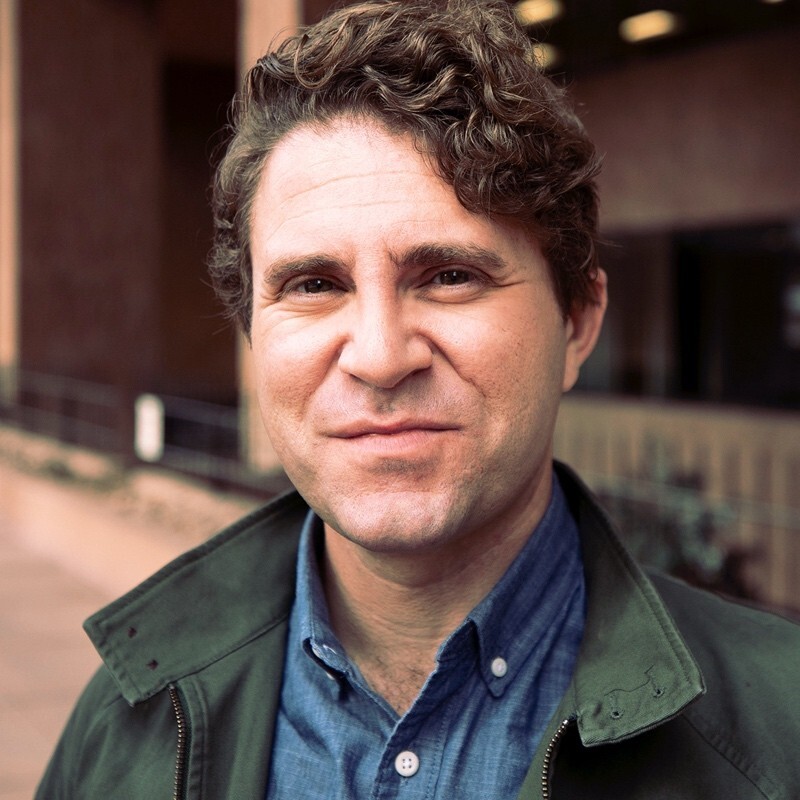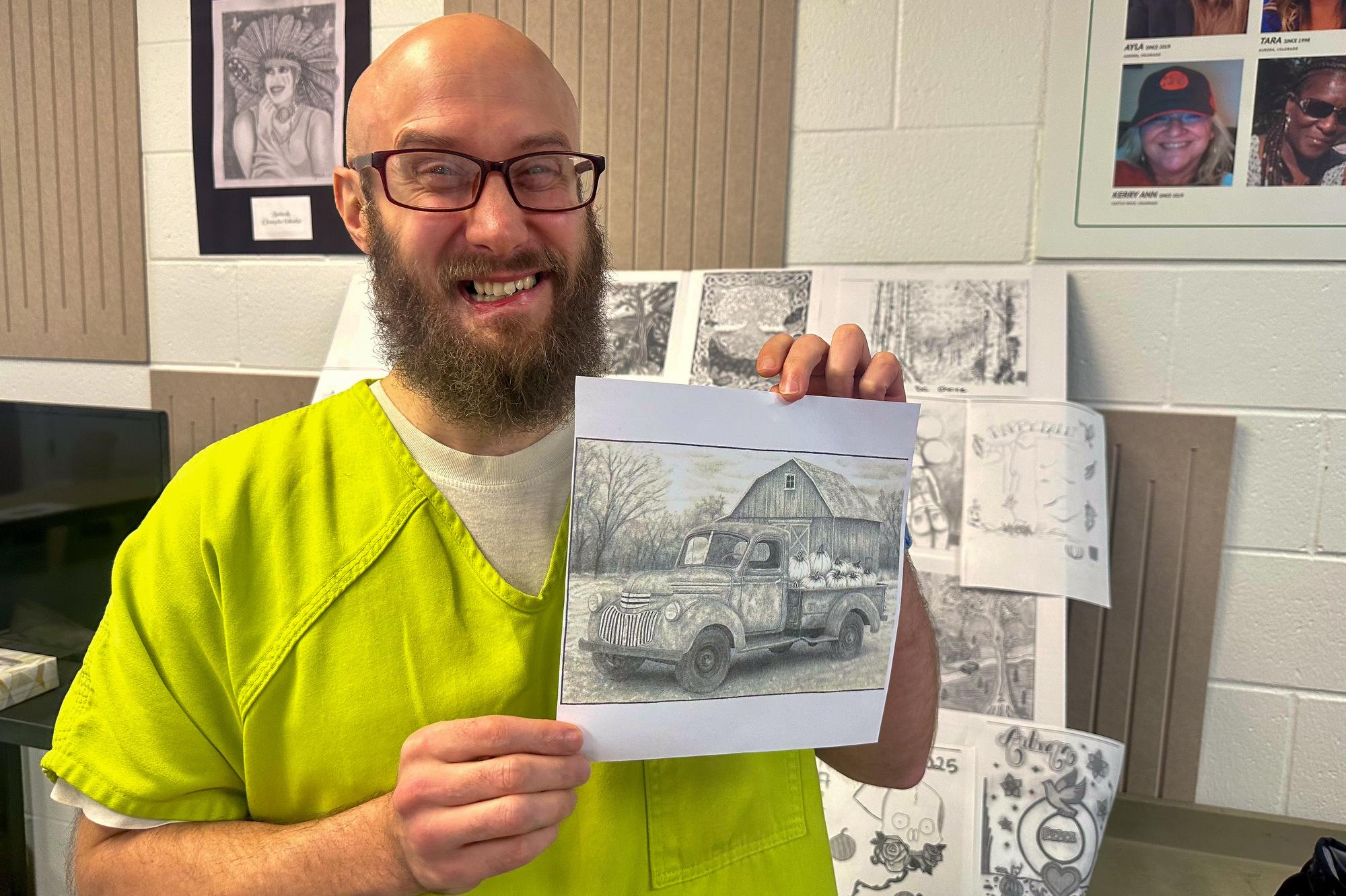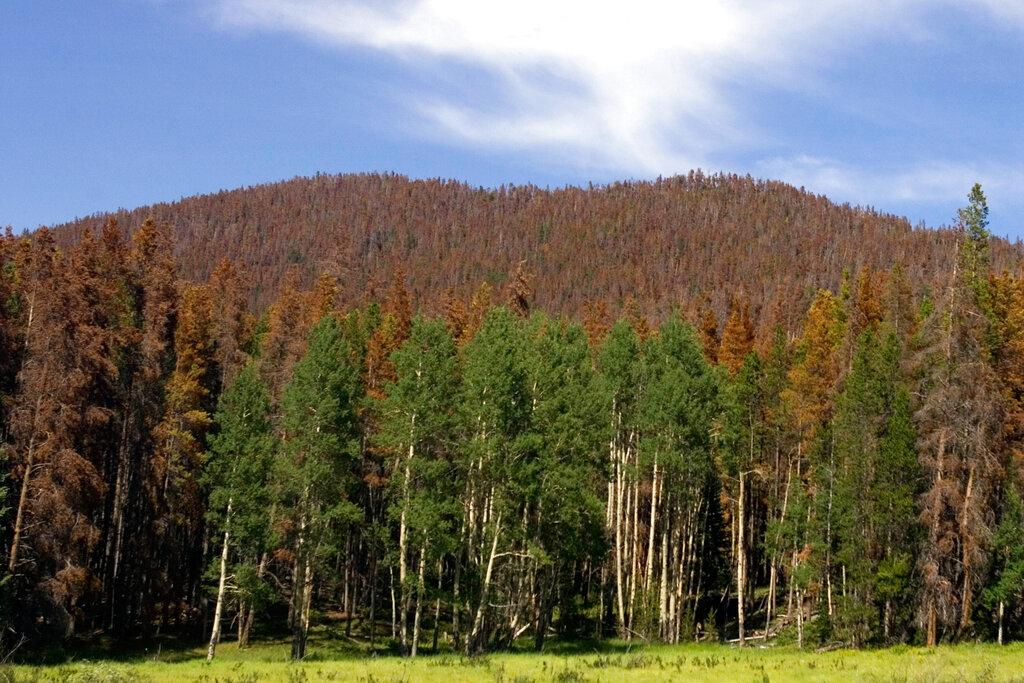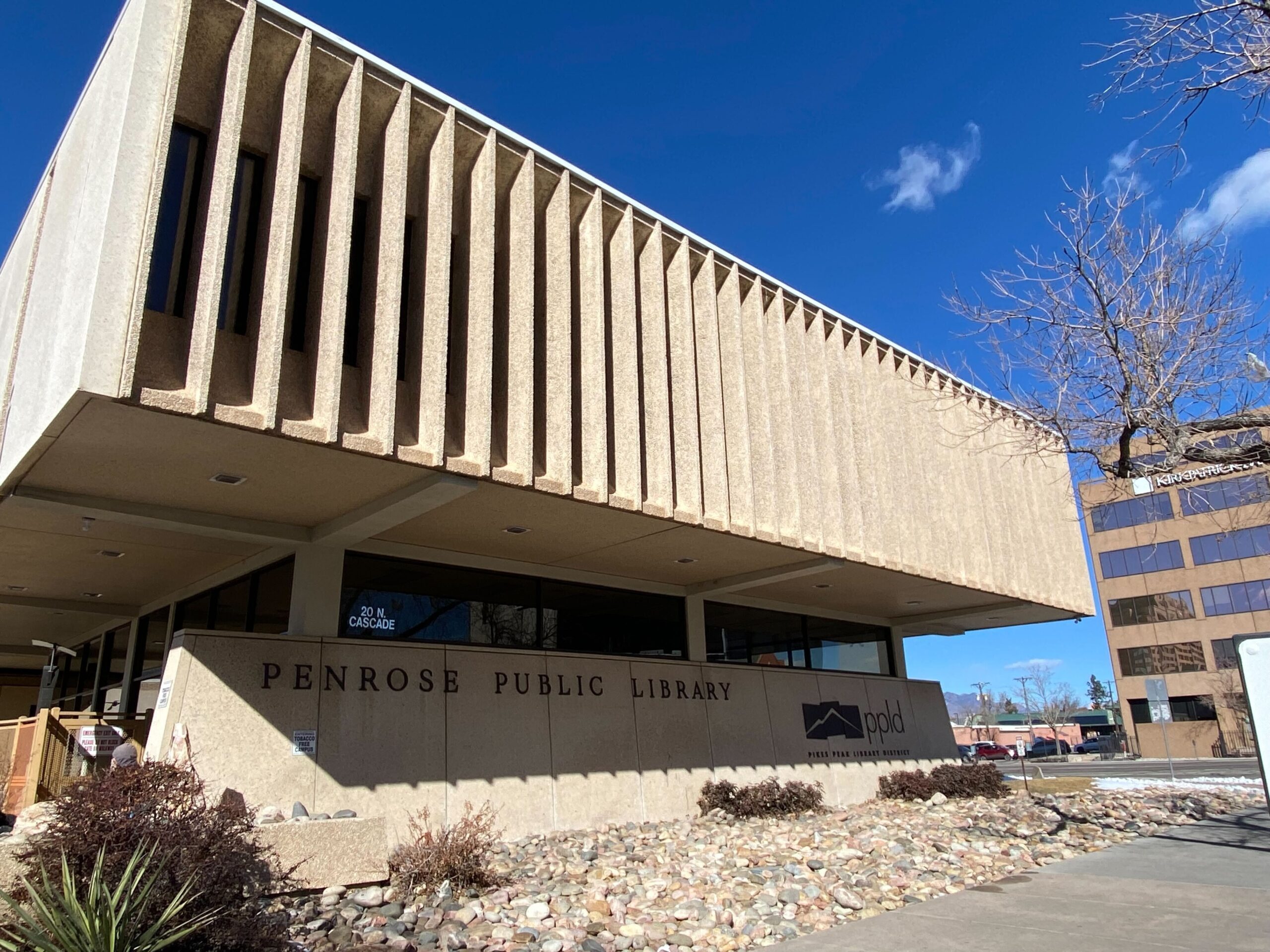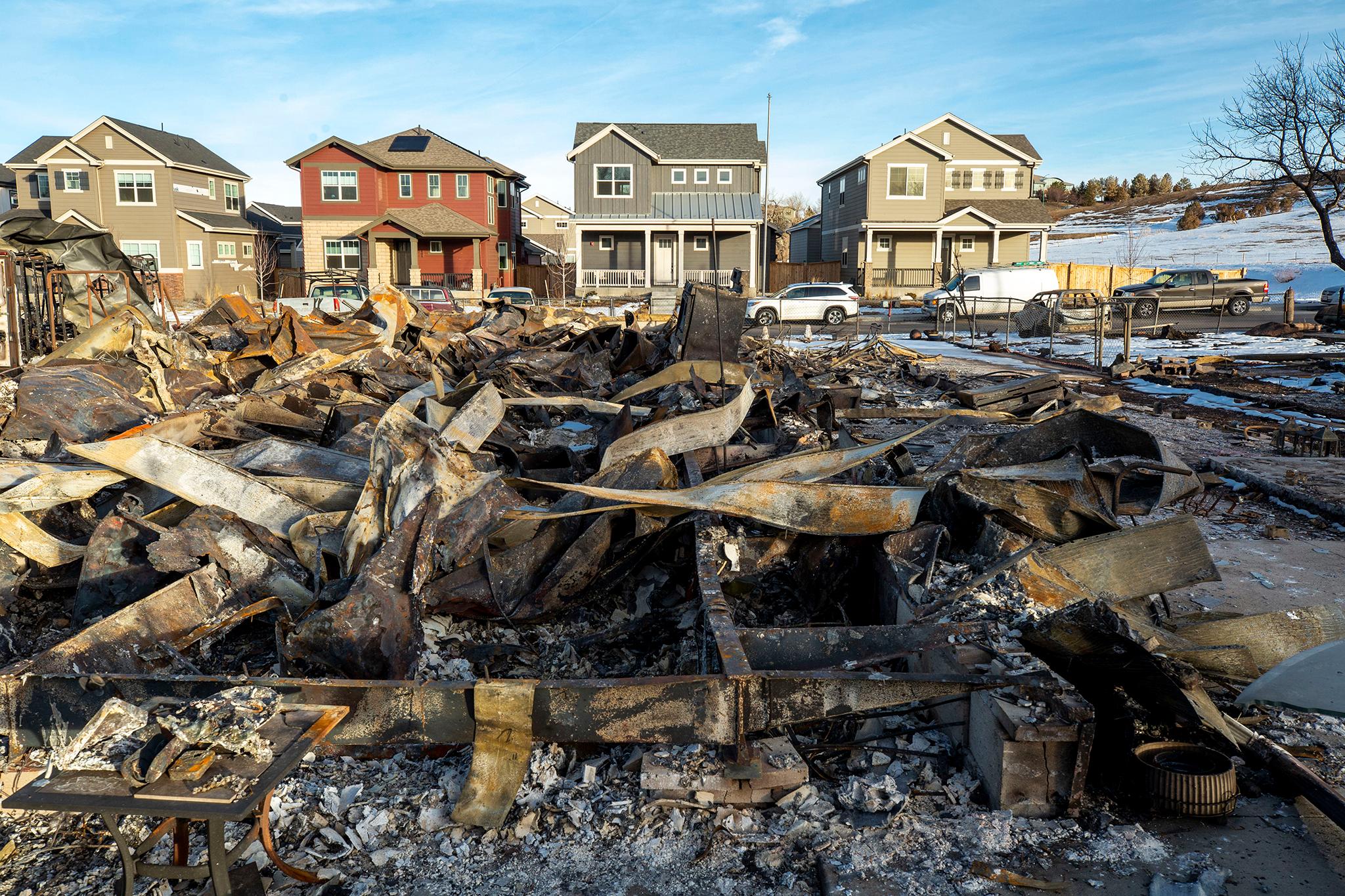
Noah Abrams can’t forget the smell inside his home after Colorado’s Marshall fire.
He checked on the house in Superior a day after his family evacuated the blaze. The disaster ended up burning more than 1,000 homes in Boulder County in December 2021 in what became the most destructive fire in Colorado history.
The damage included every home and building on the block across the street from Abrams’ home, but the flames stopped short of his porch. The property appeared unscathed except for singed plants in the front yard.
His relief, however, soon gave way to new concerns. After opening the front door, he realized the remains of torched cars and buildings had found a way inside. Ash piled into the corners and coated the window sills. A stench also permeated the interior of the home, which he describes as something far more chemical than burnt wood.
“I remember my first thought was: This house is never going to be the same. It smells so terrible,” Abrams said.
Other residents also found ash and rancid odors inside their homes after the Marshall fire. Those reports caught the attention of scientists at the University of Colorado Boulder, who realized there was little research into indoor air quality after a fire burns a community. The experts didn’t have definitive answers when evacuees asked whether it was safe to return to their homes or the best ways to clean indoor spaces.
A pair of studies, published in ACS Environmental Science & Technology Air earlier this month, is meant to help communities facing similar questions after future urban wildfires.
By running air quality monitors in Abrams’ living room, one study found toxins can linger within a smoke-damaged home for weeks after a fire. A companion survey suggests residents living near the Marshall fire burn area reported physical health symptoms — itchy eyes, headaches and sore throats — in the months after the blaze.
“There are real physical health symptoms from these exposures in the smoke- and ash-damaged homes,” said Colleen Reid, an assistant professor of geography at CU Boulder and a lead author of the survey-based study. “We talked to so many people who told us they felt lucky, and then they realized what happened really is a loss.”
The homes acted like a sponge
The researchers say their work marks the first scientific investigation into indoor air quality following an urban wildfire.
In the three years since the Marshall fire, a 2023 blaze devastated Lahaina, Hawaii, killing 102 people and leaving the island community in ruin. Studies suggest similar urban fires will become more frequent as global temperatures rise and development continues in areas prone to wildfire.
Joost de Gouw, a professor of chemistry at CU Boulder and fellow with the Cooperative Institute for Research in Environmental Sciences, knew the Marshall fire offered a unique opportunity to study the health risks of smoke-damaged buildings. Unlike grassland and forest fires, the blaze in Boulder County became a suburban conflagration that burned manmade vehicles and structures, creating a far greater range of potential pollutants. He decided to pursue the project after residents demanded answers about the rancid smells and piles of ash.
“I’ve never been involved with any study where the public had such an interest in what we were doing,” de Gouw said.
Abrams learned about the project through one of his son’s classmates, whose father worked at CU Boulder. He lept at the opportunity to participate in the research, which led the scientists to pack the dining area with gas detectors and spectrometers ten days after the fire.
Before the research started, de Gouw expected the pollution levels inside the home would return to normal after a few days or hours. The air monitors revealed the initial levels of harmful organic compounds — like benzene and toluene — were roughly equal in major cities like Los Angeles in the 1990s. It took roughly five weeks for the concentrations to approach levels measured outside.
“These homes acted like a sponge during the fire,” de Gouw said. “The smoke that was absorbed into indoor material slowly started return to the indoor air, and it’s surprising how long it took for that process to finish.”
The results left Abrams feeling relieved he didn’t rush back into the house after the fire. His insurance company paid for his family to live elsewhere for months, giving him time to hire crews to clean the walls, carpets, vents and replace the insulation in the attic. His family has since left for Thailand, but he now rents the home in Superior.
A potential link to health impacts
The additional survey-based study aimed to identify health impacts experienced by people whose homes survived the Marshall fire.
The survey asked about lower-level symptoms unlikely to appear in medical records, such as headaches, sore throats, or itchy eyes. Reid, the study’s lead investigator, worked with her team to eventually collect more than 1,000 responses from residents living in or near the burn zone.
The results suggest that people living in ash- and smoke-damaged homes experienced more health impacts, and residents living closer to burned structures reported experiencing more headaches and a strange taste in their mouths.
While the research didn’t establish a direct link between the symptoms and poor indoor air quality, the conditions are consistent with breathing chemicals released by burning structures or vehicles.
The survey also asked about their strategies to remove odors after the fire. The results suggested the smells slowly improved over time, but some residents expedited the process by opening windows, running air purifiers and hiring companies to clean ducts and carpets.
Reid hopes the research helps clarify when it’s safe to re-enter a smoke-damaged home. She’s glad the state legislature commissioned further research into the issue. A bill approved earlier this year requires the state’s Division of Insurance to study when it’s safe for residents to return to homes after a blaze, and the best strategies to remediate a property damaged by smoke or ash.
“There are no standards for indoor air quality in the U.S.,” Reid said. “We have a lot of science work to be done so that policies can be put in place.”
- The Marshall fire burned whole subdivisions and shopping centers. Are the ashes an air quality threat?
- New research suggests nearly 75 percent of homeowners were underinsured immediately after the Marshall fire
- The Marshall Fire didn’t leave behind dangerous levels of soil contamination, new study finds


